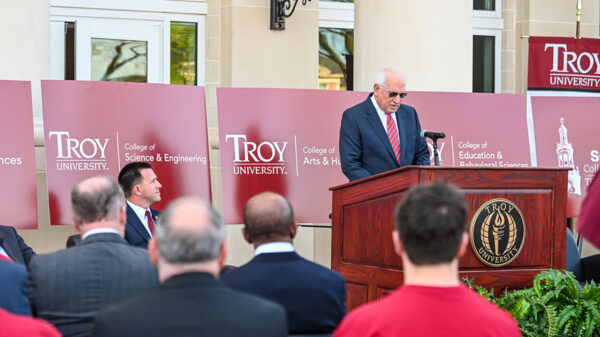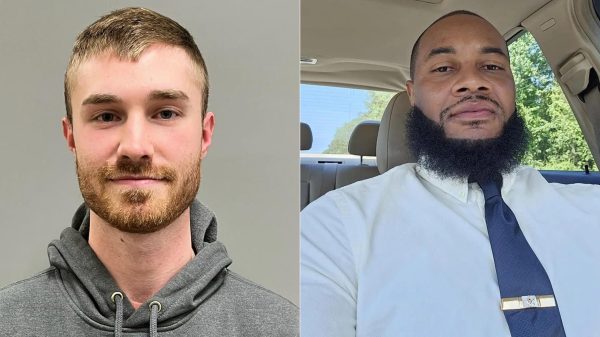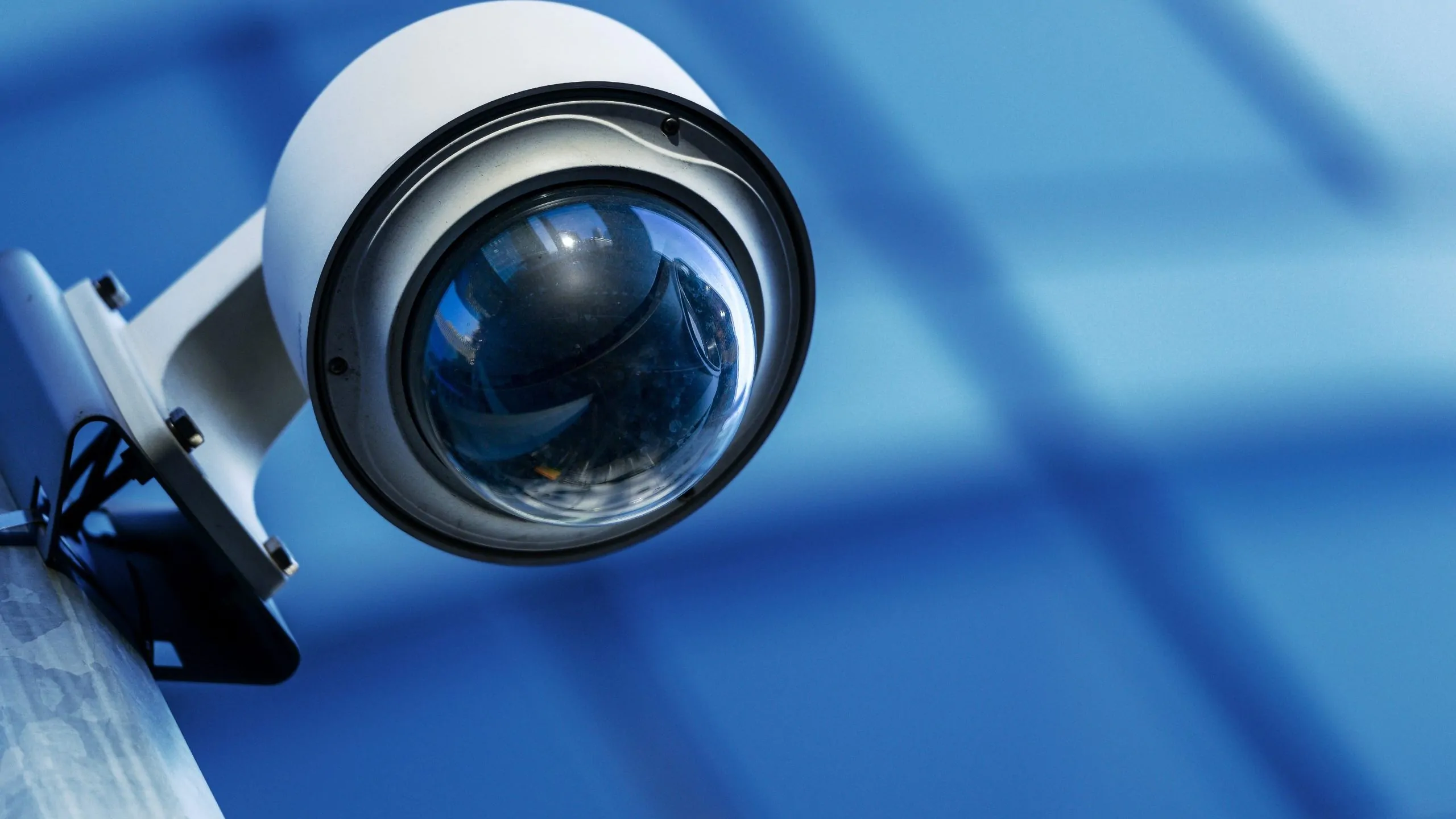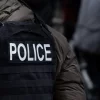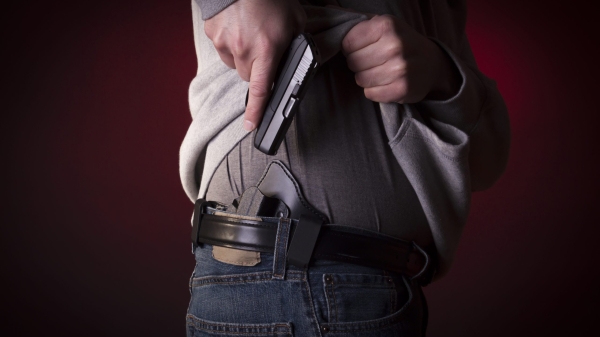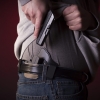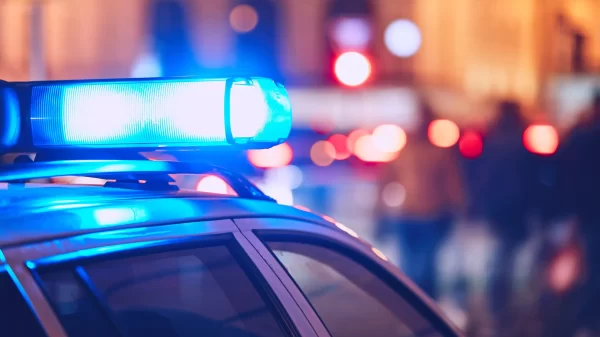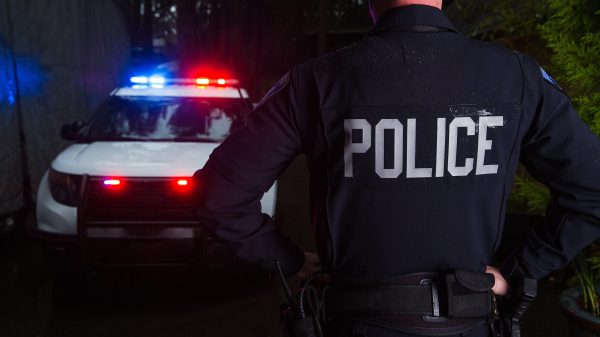The Birmingham City Council approved a resolution Tuesday allowing the mayor’s office to apply for a grant from state and federal sources to purchase and maintain new license plate recognition cameras and high definition cameras around the city in an attempt to stymie elevated homicide rates and other violent crime in Birmingham.
Also approved Tuesday is a $394,231.50 increase in the city’s contract with the Texas-based Tyler Technologies, to provide maintenance and support services to the city’s computer-aided dispatch system.
The grant funds, a total of $100,000 for license plate readers and $35,000 for high definition cameras, will come from the U.S. Department of Justice through the Alabama Law Enforcement Safety Division of the Alabama Department of Economic and Community Affairs.
In September of last year, the City Council approved an initial deal with Alabama Power to install ten license plate readers around the city, drawing the ire of community members and action groups, namely the People’s Budget Birmingham, who saw the deal as a continued increase in funds to the Birmingham Police Department that they felt were excessive.
During the Tuesday council meeting, the resolution passed without debate or protest from council members or the general public.
The monthly cost for painting the initial ten units is $2,291.67, according to Birmingham Watch.
BPD is expected to unveil its much-delayed $940,030 real-time crime center in the coming weeks, including new technology from Motorola approved in Oct. 2020.
Among the systems is BriefCam, a “video synopsis” system meant to integrate and analyze ShotSpotter systems around the city, police body cameras, and public cameras into a single cohesive display.
The software has facial recognition capabilities, which Birmingham Mayor Woodfin insisted couldn’t be used under the current contract with Motorola and would not be used in the future without explicit approval from the City Council.
Community members expressed concern over the possibility of the facial recognition capabilities being used by the BPD presently or in the future.
Racial bias and misidentification of Black people, at rates five to 10 times higher than white people, are common in facial recognition technologies used by police departments in U.S. cities.




























